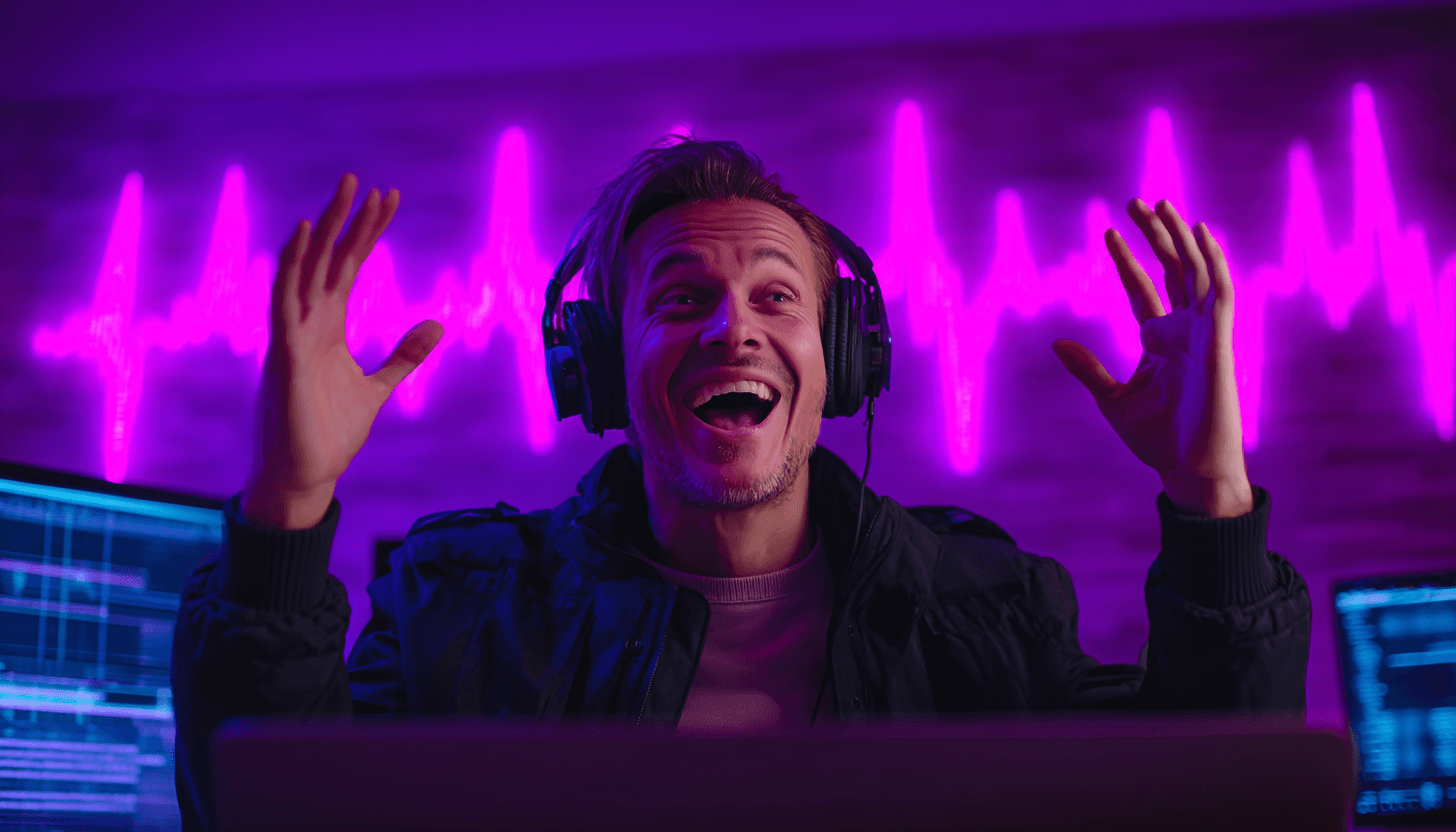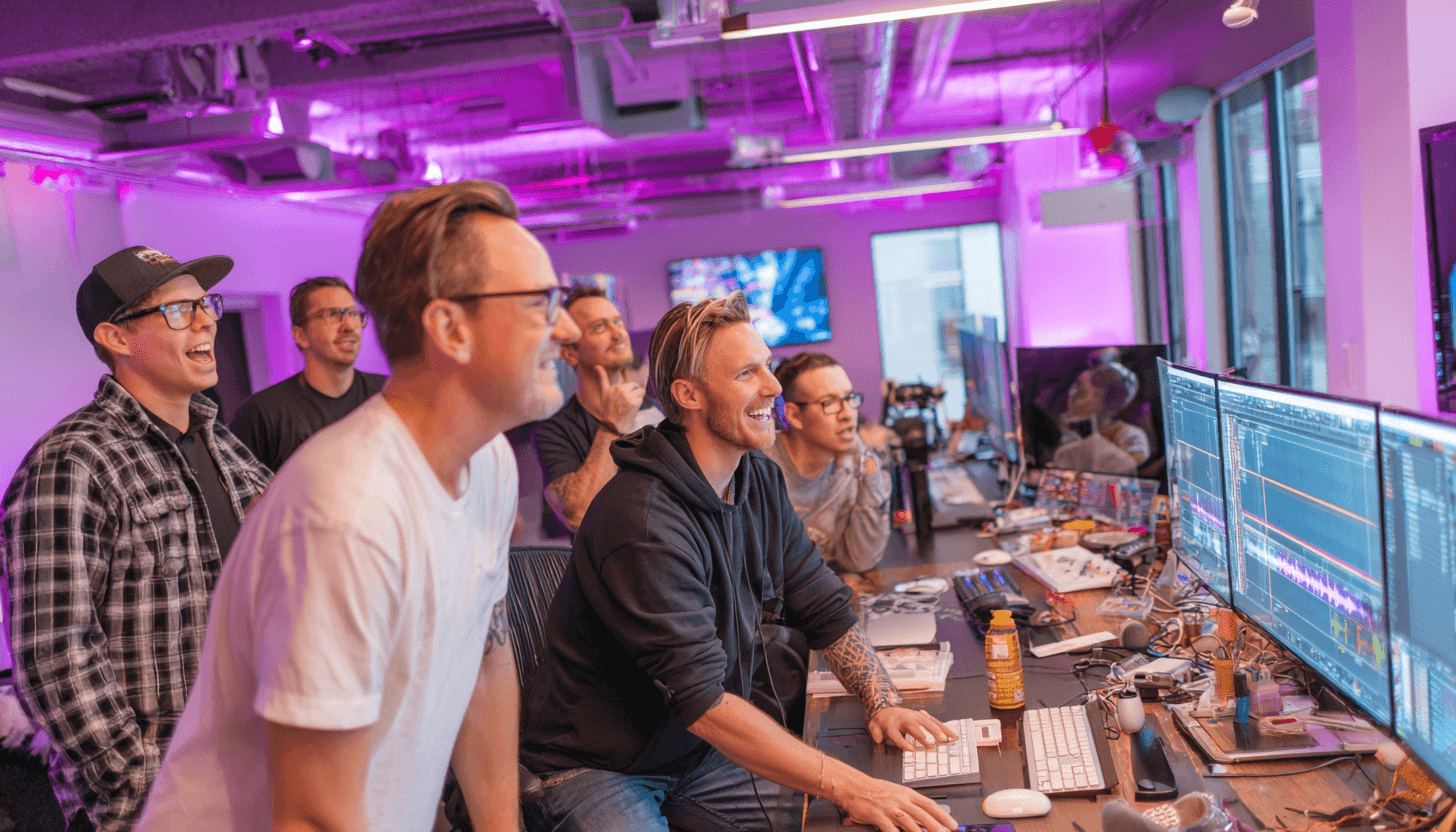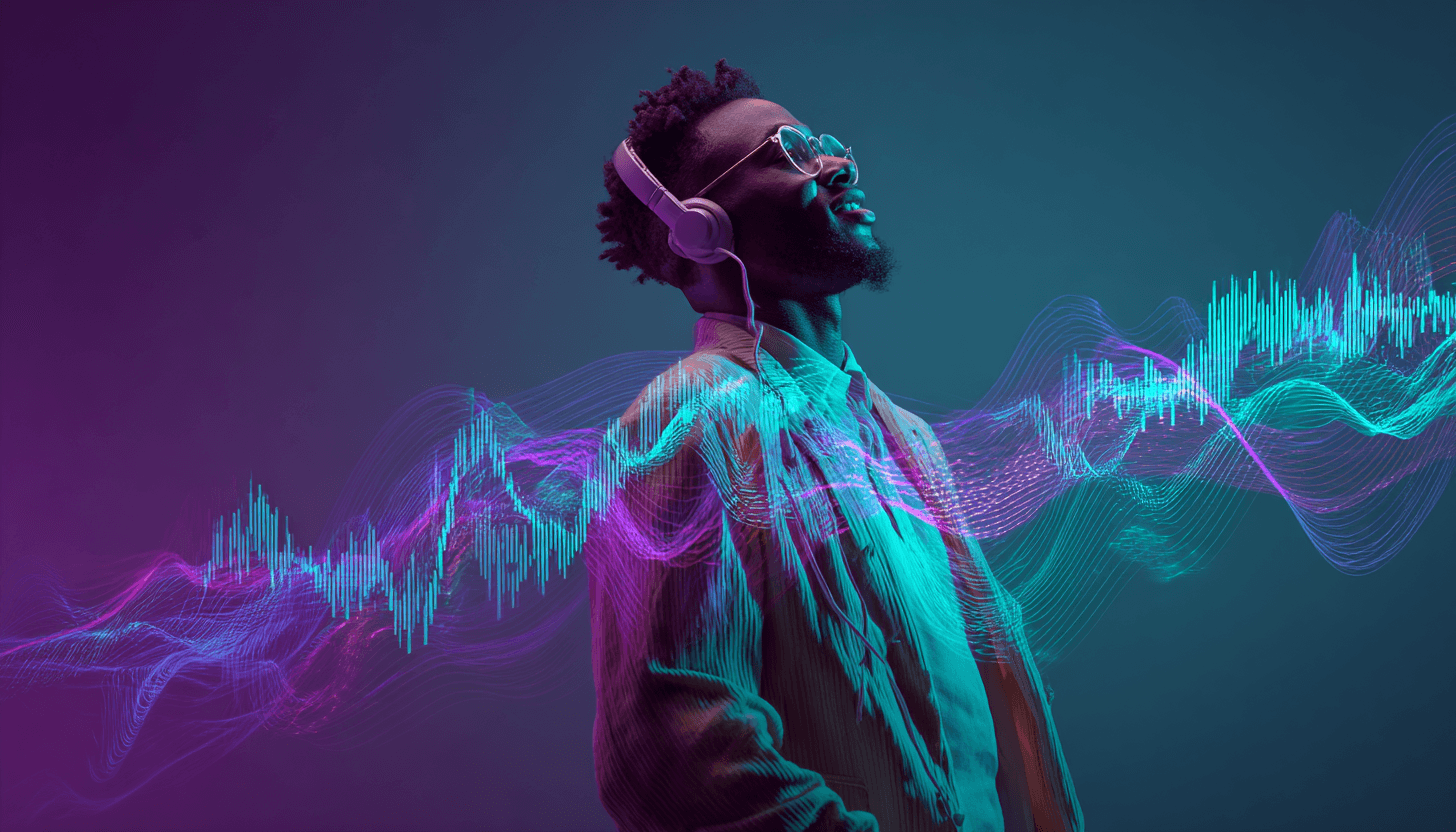What I Learned From Changing Lyrics on 600+ Songs
Real insights from two years of professional lyric swapping - the tools, techniques, and brutal truths about what actually works.
Posted by

The Birth of a New Industry
I'm Will Mason. Two years ago, someone asked me to create the birthday song from Full Metal Jacket with custom lyrics. At the time, it wasn't possible.
That request spiraled into something bigger. 600+ songs later, I've built ChangeLyric as a professional tool for experienced producers. This automates what I was charging hundreds of dollars for at Music Made Pro. The technology exists now, but it requires DAW skills and patience.
But here's what nobody tells you about making it work. 🎵
The RVC Reality Check
RVC (Retrieval-based Voice Conversion) kicked everything off. It lets you convert one voice to sound like another. Sounds magical, right?
It absolutely is! But you can't just take ANY person and make them sound like another person. Those bullshit AI Donald Trump singing covers you hear on Instagram? They sound off because Trump's speaking voice sits way lower than most song registers.
The workaround exists. Get a talented singer who can match the pitches and tonality closely. Then use RVC for that final percentage. But this strategy has downsides.
If you hire the right singer, they can get close to nailing the exact phrasing and tonality. But you'll spend hours on pitch correction and mixing. After 600+ projects, I can tell you: RVC with human singers is necessary in maybe 5-10% of cases. It's a fallback, not a primary strategy. Because performance and production are EXPENSIVE.

Pure vs Hybrid Approaches
Let me define "pure" lyric swapping. No human vocals. Just audio in, modified audio out. Sounds tedious, right?
Counter-intuitively, pure approaches DESTROY hybrid methods for speed. Even when they feel inefficient. Why? Minimal pitch correction. Minimal mixing adjustments only. No dealing with timing issues from human performances and no dealing with RVC training or conversion (sometimes).
Clients want it to sound like the original song with new lyrics. Period. They're extremely picky about this. Pure methods deliver that consistency better than a singer trying to mimic the original - but only when wielded by experienced producers who understand the iterative process. And if a singer CAN mimic the original well, they will probably charge A LOT. With RVC-only methods you will spend a lot of time editing/mixing harmonies and choruses to match the original song.
Tool Breakdown: What Works
Udio pioneered inpainting - changing tiny windows of audio at a time. Incredible control. But changing an entire song this way? Tedious as hell.
This is often a part of my workflow, but it's THE LAST part.
Here's my current workflow after 600+ songs:
ChangeLyric First, Always
I use ChangeLyric for first passes. No inpainting, but the algorithm is completely unmoderated. That's CRITICAL.
The moderation on other platforms is killing creativity. Their tech impresses, but good luck using them for actual client work. ChangeLyric gives professional producers raw vocal outputs, typically handling 2-4 sections at a time. This requires serious DAW skills and patience - it's not a consumer tool. Very often I've been able to complete a full song with ChangeLyric alone, but only after multiple iterations and post-production work.
Secondary Tools
Udio's remix feature works when there aren't too many changes. The Cover feature in both Suno and Producer.ai works similarly. Set similarity to 10-15%, provide your lyrics. But copyrighted songs? Forget it. Their aggressive content moderation blocks legitimate work constantly. 😤
Suno generates high-quality instrumental tracks. Producer.ai gets an honorable mention, though their chatbot direction misses the mark for modification work. I upload audio and use manual controls instead.
For final touches, Udio's legacy inpainting feature smooths vocals that don't quite match or mispronounced words. When remix and extension logic fail on specific words, inpainting saves the day. However, Udio's recent partnership with Universal Music Group resulted in them disabling all downloads from their platform - a major setback for professional workflows. While browser recording plugins might capture the audio, this would likely violate their terms of service. This move toward major label cooperation could signal similar restrictions coming to other platforms.
Ready to Transform Your First Song?
Join hundreds of music producers who are using ChangeLyric.
✓ Free trial available ✓ No content moderation ✓ Cancel anytime
Critical Techniques
Here's the golden rule that changes everything: Minimize word changes at once. Changing every word in a phrase? Your success rate plummets.
Instead, alternate. Change every other line first. Give the system anchors to the original melody. Yes, it means multiple passes and some comping (when you pick the best takes in a digital audio workstation). But compared to hours of pitch correction? It's nothing.
Another critical tip: Never edit in one AI generated word into a phrase. The difference usually stands out like a sore thumb. Change full phrases or full lines. You can intermix lines successfully, but mid-word edits? They almost never work and it's a waste of time to try.
For maximum quality, consider a final RVC pass on your pure-generated vocals. This adds consistency across the track, especially tying together sections created with different strategies. Focus on verses - choruses with thick polyphonic vocals often artifact with RVC.

The Quality Truth
Let's talk honestly about quality. Are these swaps 100% professional audio quality? In some cases, yes. Particularly with a high-quality RVC final pass.
80% of listeners won't notice the difference. Someone with years of mixing experience on nice monitors? They'll hear it in an A/B test. But for most use cases? The results work. 🎯
If you're releasing on Spotify, certain techniques improve perceived quality significantly. But some sound systems will reveal the modifications more than others. This is why changing full phrases matters - partial changes always reveal themselves.
Getting that final 10% to near-perfect requires skilled post-production. I'm talking proper comping between takes, surgical editing at zero crossings, strategic EQ to match tonal characteristics, subtle reverb and delay for spatial consistency, and tasteful saturation to glue everything together. Artificial vocal doubling on certain phrases can mask minor artifacts too. These aren't optional - they're absolutely essential. If you don't have these skills, ChangeLyric isn't for you. 🎚️
The bottom line? Between ChangeLyric, selective inpainting, and smart technique, experienced producers can modify any song without singing. I haven't needed a human vocalist in months. The tools have gotten that good - but only in the hands of professionals with patience and DAW expertise.
Want Results Without the Learning Curve?
If you need professional results but don't want to master these techniques, my team at Music Made Pro handles projects daily. I often work directly on them myself.
Or if you're an experienced producer with DAW skills, dive in with ChangeLyric - the same professional workflow I use, now automated and available without content filters. This requires patience and technical expertise - not for beginners.
Start Creating Without LimitsFrequently Asked Questions
Speed and consistency for experienced producers. Human singers require extensive pitch correction and mixing. Pure AI approaches maintain the original's exact phrasing, tone, timing, and mix settings - but ONLY when used by professionals who understand the iterative workflow. After 600+ projects, AI performance with good comping wins 90% of the time for efficiency and client satisfaction when wielded by skilled producers.
Changing too many words at once. The technology works best with anchors to the original. Change 50% of lyrics per pass, alternating lines when possible. It seems slower but saves hours versus fixing bad outputs.
Yes, with the right workflow. Use extension-based generation, apply strategic inpainting for problem areas, and consider a final RVC pass for consistency. 80% of listeners won't notice any difference from studio recordings.
No content moderation for professional producers. While other platforms block legitimate creative work, ChangeLyric gives experienced producers complete control. Plus it's optimized specifically for bulk lyric swapping, not general music generation. But this is NOT a beginner's tool - it requires DAW experience and patience for multiple iterations.
Using ChangeLyric's extension method: 5-10 swaps for a full song, roughly 30-60 minutes of active work. Compare that to the days it used to take with manual methods or the hours of mixing required with human singers.